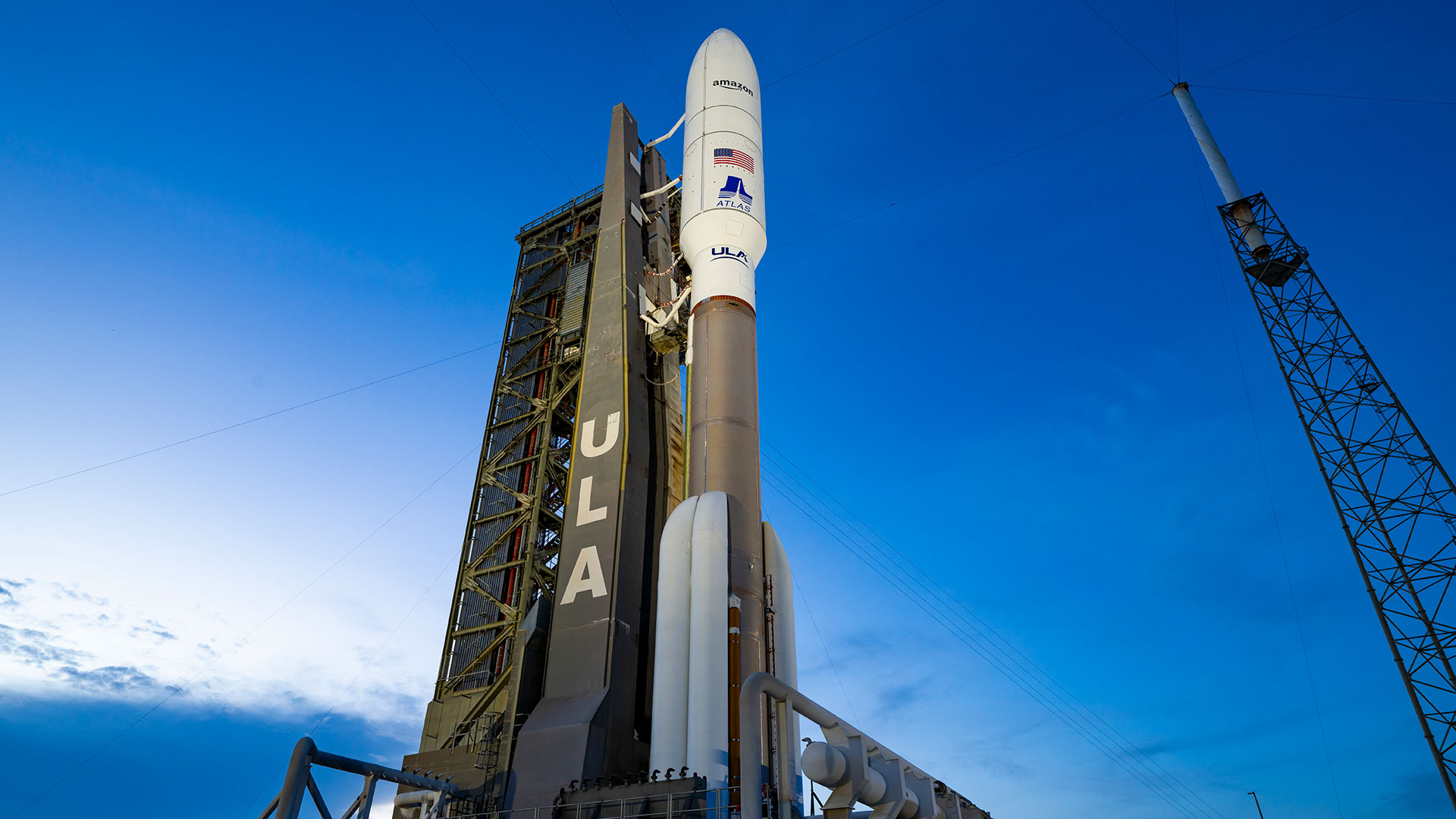How SpaceX's 1st Passenger Flight Around the Moon with Yusaku Maezawa Will Work
Earthrise
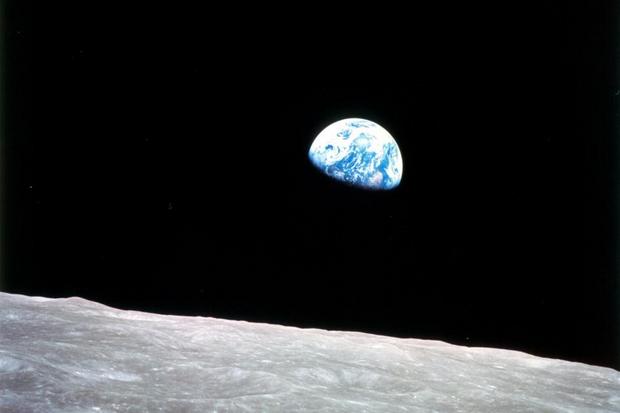
Two days and 21 hours into the Lunar BFR Mission, Maezawa and his fellow passengers will see Earthrise - the dazzling sight of the Earth rising above the moon that was first witnessed by NASA's Apollo 8 astronauts in December 1968.
It's sure to be a highlight of the trip. And on a spaceship full of artists, the view may inspire some truly otherworldly artwork.
The trip home begins
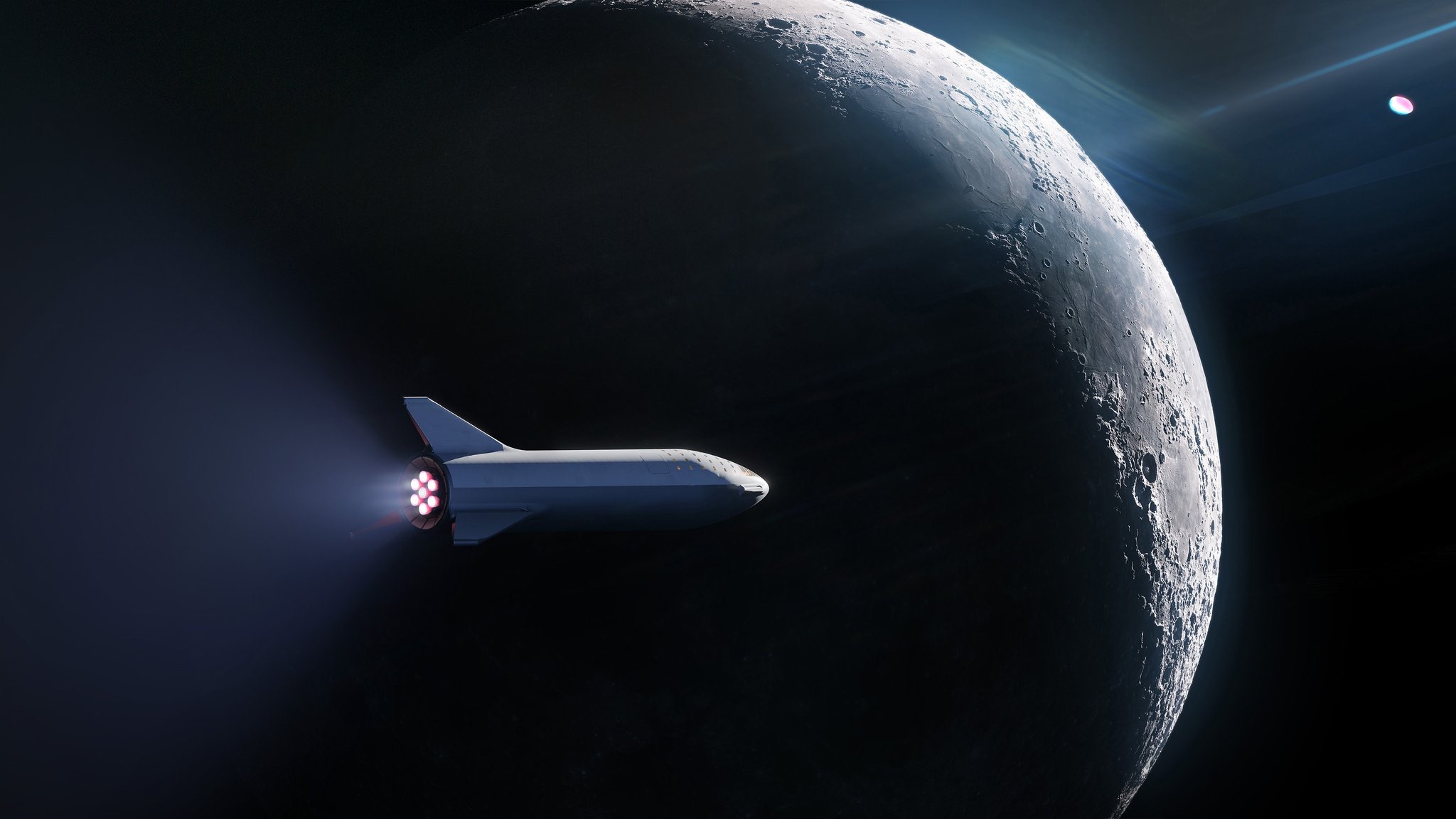
About three days and 12 hours into the Lunar BFR Mission, it will be time to leave the moon.
Maezawa's spacecraft will swing around the far side of the moon and fire some or all of its seven Raptor engines to make any course corrections that may be required for the cruise back to Earth.
Entry interface
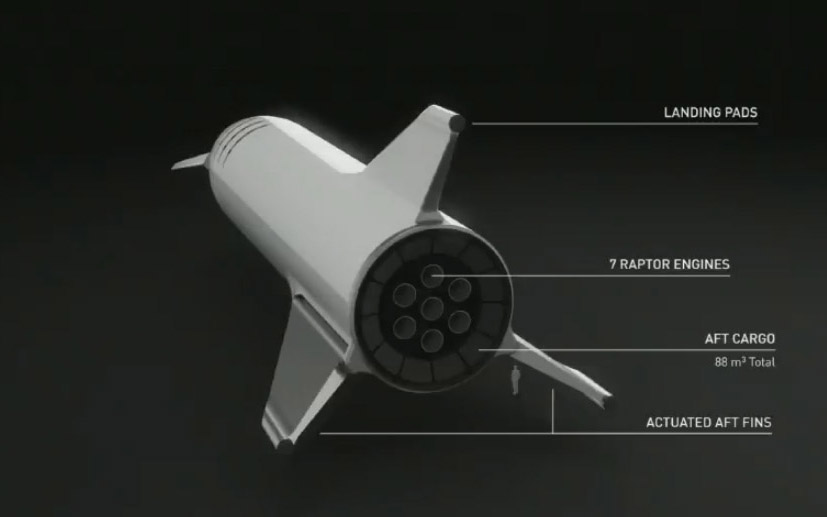
At the five-day, 22-hour mark (according to SpaceX's flight profile), the BFS will begin descending through Earth's atmosphere, using its forward and aft wings to steer.
Artistic renderings of the huge spacecraft show the re-entry-facing surface to have a different, darker coating than the rest of the ship's gleaming white hull. This may be some added thermal protection against the fiery heat of re-entry.
Landing a giant spaceship
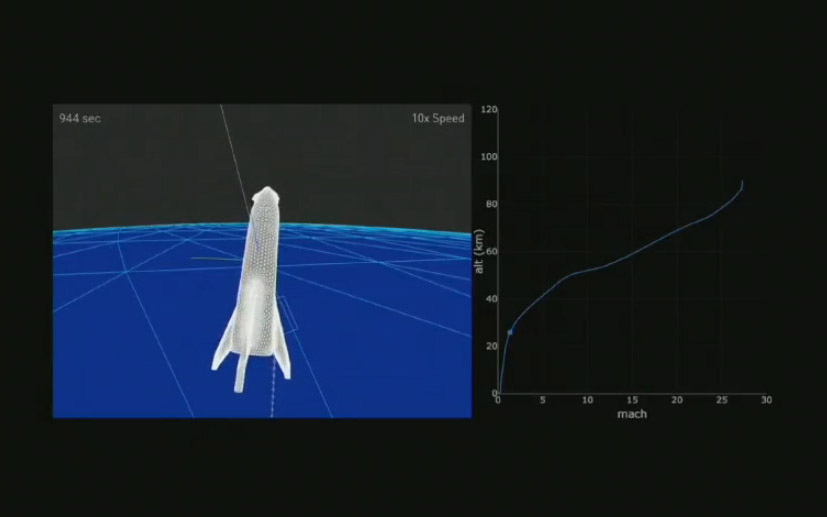
According to Musk, the BFS will fly "more like a skydiver than an aircraft" when it makes its landing approach.
The moving rear and forward wings (they look more like fins) will keep the spacecraft oriented properly during re-entry until it is time for a landing burn using the spacecraft's engines.
"This will look very epic in person," Musk said Sept. 17. "Guaranteed to be exciting."
The moon awaits
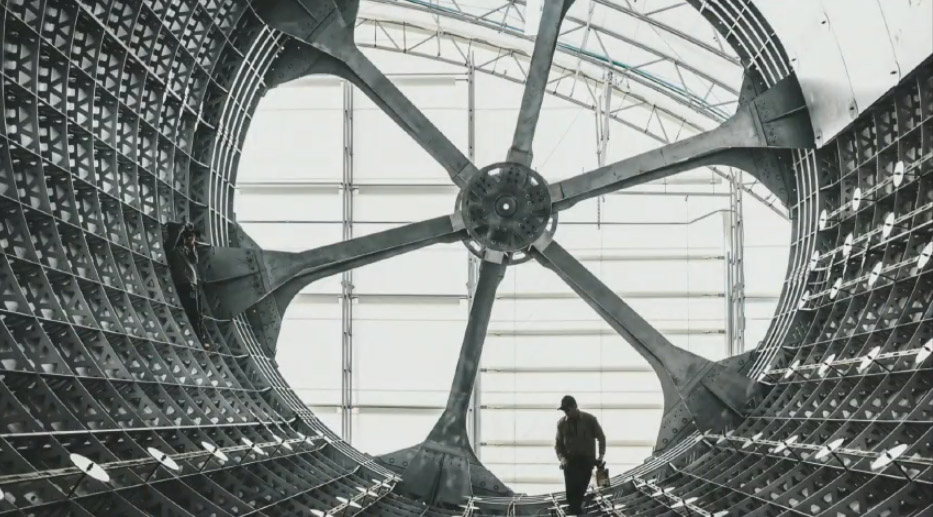
Before SpaceX can launch Maezawa to the moon, the company has to build the BFR.
In 2018, SpaceX announced that it had signed a deal with the Port of Los Angeles to build a new rocket factory in the port. The company is building the cylindrical sections needed for the BFR rocket and aims to start testing the spaceship component of the launch system as early as 2019 at its southern Texas site.
Shown in this image was the first cylindrical section of the BFR, with a SpaceX engineer for scale.
Once SpaceX completes its BFR launch system, the company won't just put Maezawa aboard and loft them into space; the company plans a series of test flights in space to verify the system will be safe for passengers.
Musk said an uncrewed trip around the moon might even fly before Maezawa's trip, though it remained to be determined.
So, there you have it: SpaceX's plan to launch the first private passenger, a space tourist with artful ambitious, on a trek around the moon!
What do you think? Is this the next giant leap for humanity, or another case of moon madness? We'll have to wait and see how the mission evolves over time.
Join our Space Forums to keep talking space on the latest missions, night sky and more! And if you have a news tip, correction or comment, let us know at: community@space.com.
Get the Space.com Newsletter
Breaking space news, the latest updates on rocket launches, skywatching events and more!

Tariq is the Editor-in-Chief of Space.com and joined the team in 2001, first as an intern and staff writer, and later as an editor. He covers human spaceflight, exploration and space science, as well as skywatching and entertainment. He became Space.com's Managing Editor in 2009 and Editor-in-Chief in 2019. Before joining Space.com, Tariq was a staff reporter for The Los Angeles Times covering education and city beats in La Habra, Fullerton and Huntington Beach. In October 2022, Tariq received the Harry Kolcum Award for excellence in space reporting from the National Space Club Florida Committee. He is also an Eagle Scout (yes, he has the Space Exploration merit badge) and went to Space Camp four times as a kid and a fifth time as an adult. He has journalism degrees from the University of Southern California and New York University. You can find Tariq at Space.com and as the co-host to the This Week In Space podcast with space historian Rod Pyle on the TWiT network. To see his latest project, you can follow Tariq on Twitter @tariqjmalik.
